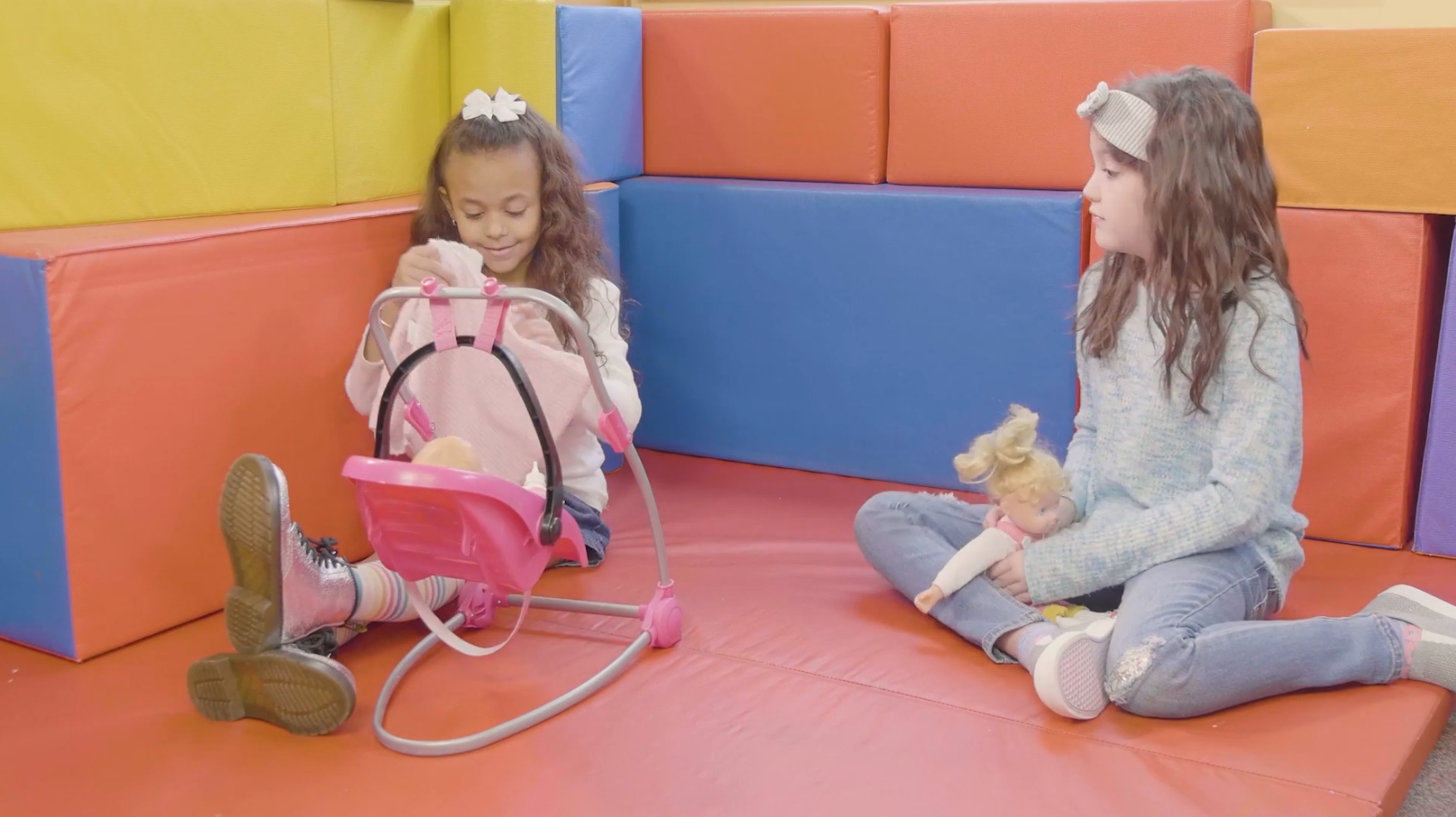
Introduction
Transitioning to a new activity can be challenging for students in Special Education. It requires them to stop, listen, and move to the next task, which can be difficult for some. This blog post focuses on strategies and activities to help educators teach students how to transition smoothly between activities, incorporating principles of Social-Emotional Learning.
No-Prep Activity: The Freeze Game
The Freeze Game is a simple, no-prep activity that helps students practice transitioning between activities. To play, have students move around the room while music plays. When the music stops, they must freeze in place. The educator can then give instructions for the next task or activity. Students should listen and follow the instructions before the music starts again. This game can be adapted to different levels of ability and can be played with or without music. It teaches students to stop what they are doing, listen to instructions, and transition to a new activity.
Discussion Questions
- Why is it important for students to stop and listen when transitioning to a new activity?
- How can we help students who struggle with transitions feel more comfortable and supported?
- What are some strategies that can be used to make transitions between activities smoother and more enjoyable for students?
- How can we encourage students to take responsibility for their actions during transitions?
- What are the benefits of incorporating Social-Emotional Learning principles into transition strategies?
Related Skills
Teaching students to transition smoothly between activities is just one aspect of Social-Emotional Learning. Other related skills include:
- Active listening: Encouraging students to pay attention, make eye contact, and respond appropriately to others during conversations and group activities.
- Self-regulation: Helping students understand and manage their emotions, behaviors, and thoughts in different situations.
- Following instructions: Teaching students to listen carefully, ask questions if needed, and complete tasks as directed.
- Cooperation: Fostering a sense of teamwork and collaboration among students during group activities and projects.
- Empathy: Encouraging students to understand and share the feelings of others, promoting a supportive and inclusive environment.
Next Steps
Transitioning to a new activity is an essential skill for students in Special Education. By incorporating Social-Emotional Learning principles into your teaching strategies, you can help students develop the skills they need to succeed in the classroom and beyond. To explore more resources and activities related to transitioning and other Social-Emotional Learning skills, sign up for free sample materials from Everyday Speech.





